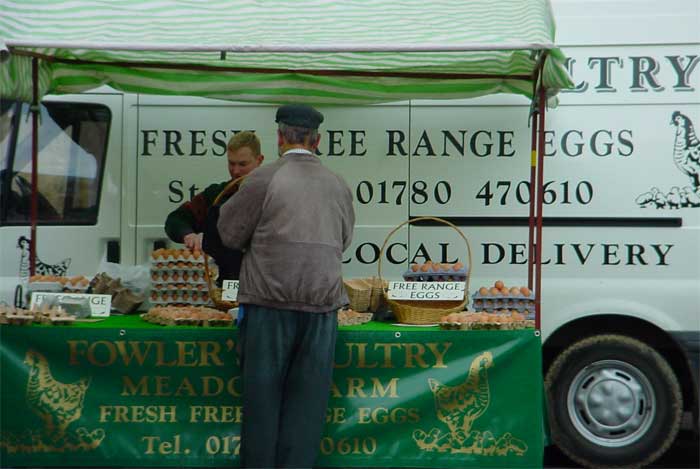Here it is…the top trend for 2009, applicable to just about anything.
Trend #1: Anxiety (2009 remix)
We are living in anxious times. First it was Y2K and then 9/11. More recently we’ve been worried by the threat of a global flu pandemic, SARS, Deep Vein Thrombosis, rogue asteroids, climate change and now 1929 returning. Running in parallel to all this, trust in large institutions (especially government and big business) has all but evaporated (or we’ve become more cynical about the ability of these institutions to tell us the truth or deliver). The result is a new age of anxiety. People are worried about jobs, homes, savings and the planet. This insecurity is to some extent generational, but there is a general feeling that the world has spun out of control.
Implications
People are looking for scapegoats but they are also looking for safety, reassurance and control. This means that people will tend to stick with individuals and institutions that they know and trust. Hence individuals moving out of shares towards ‘safe savings’ such as gilts and low risk bonds. Similarly, people will stay in jobs and education for longer and will aspire to public sector jobs due to perceived security.
In terms of opportunities, products and services that give a sense of security or reduce stress will do well. This could be provided by technology but generally it’s reassurance with a human face attached that people are after. Nostalgic products and experiences that tap into the (largely false) belief that we once lived in safer and more certain times will also do well.









